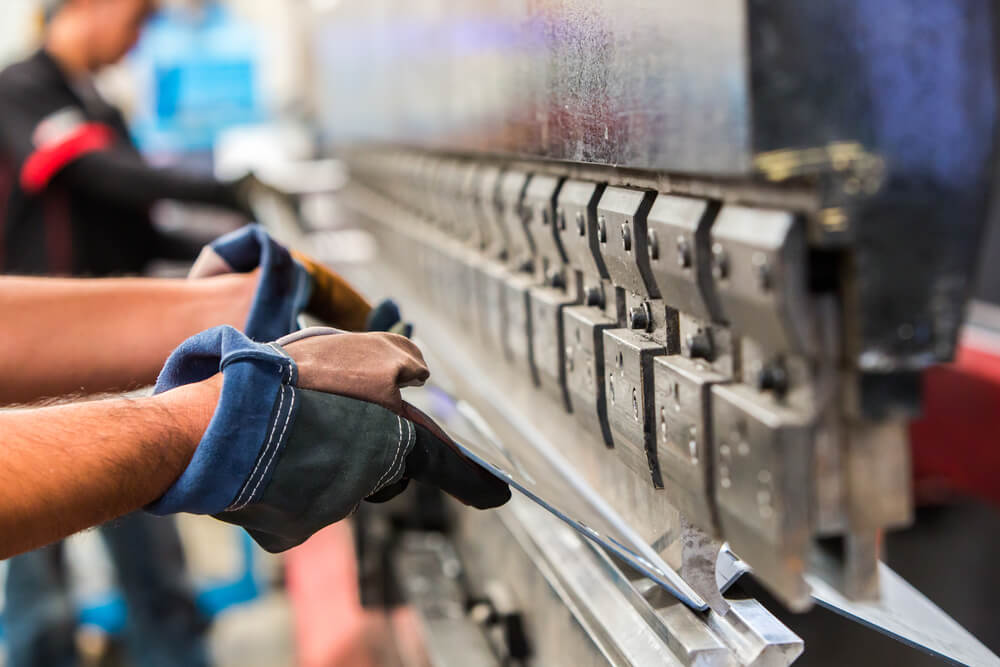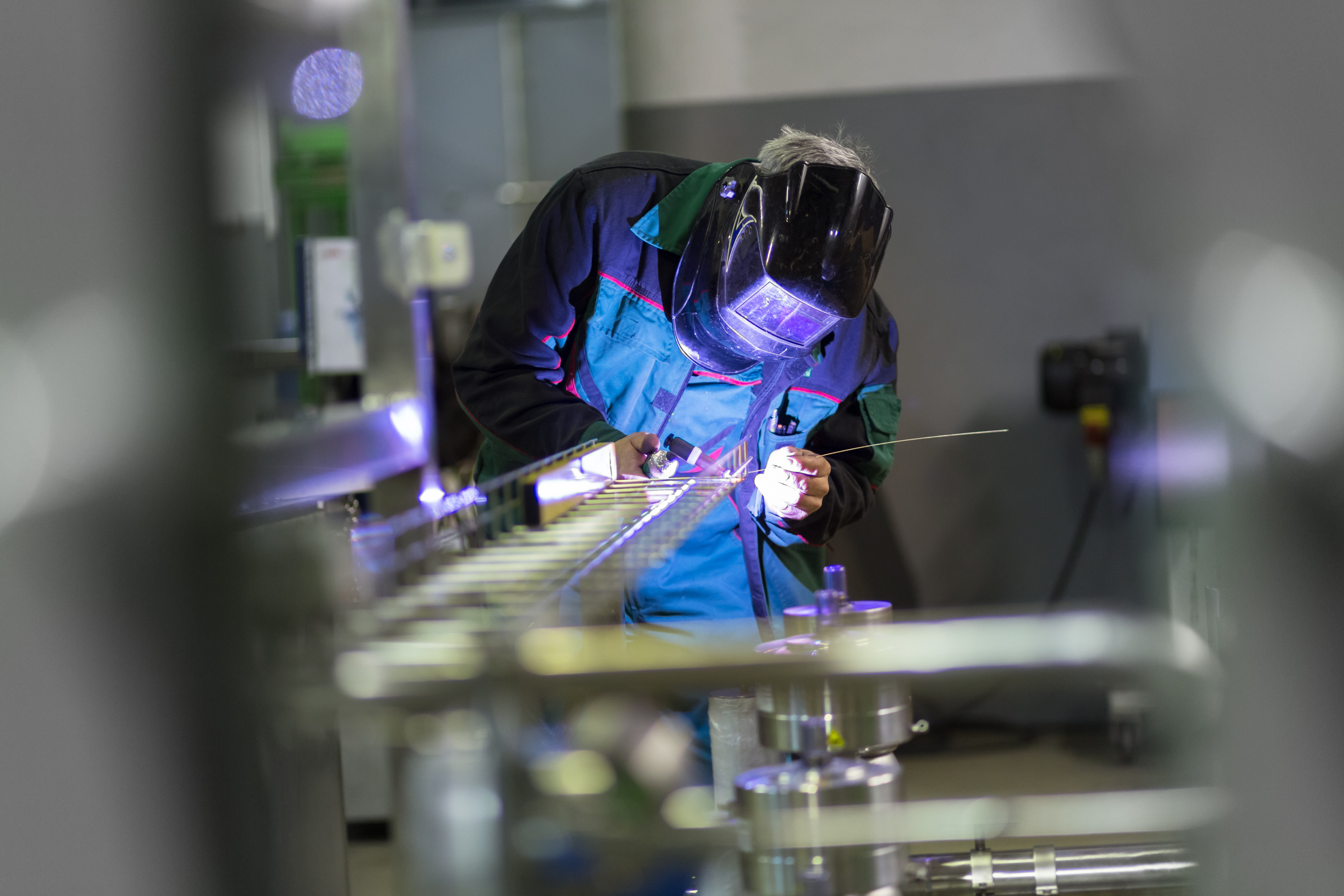
Metal fabrication techniques at Special Metals
Metal fabrication is the process in which a metal part is created from raw materials. But did you know, there’s a wide range of metal fabrication techniques involved in this process? The exact methods used will depend on the raw material and the desired end product – and, when you’re selecting a company to do the job, it’s worth checking out what techniques they can offer.
Here at Special Metals, we’re committed to providing the best possible metal fabrication service for our clients. We continuously invest in the latest machinery and our team are capable of many specialist metal fabrication techniques. Just tell us what you need and we can make it.
What metal fabrication techniques do we offer?
-
Cutting
This is the most fundamental metal fabrication process. It involves cutting the metal down to an appropriate size and shape. It is either done manually (with power tools) or using a Computer Numerical Control (CNC) machine.
-
Casting
A process in which molten metal is poured into a die and allowed to cool and harden in shape. It is particularly suited to mass production, as the same die can be used to create many identical parts.
-
Drawing
Tensile force is used to pull the metal into a tapered die. This can either be done at room temperature or by heating up the metal and it allows the creation of very thin shapes.
-
Forging
Essentially, this metal fabrication technique involves using force to bend the metal. It is commonly done by hand using a hammer or die and can be used to create metal parts with a unique shape.
-
Folding
Folding is a complex metal fabrication process, in which the metal is manipulated to bend at a particular angle (often at 90° or more). This is typically done using a brake press or folding machine.

-
Extrusion
A ram is used to force a metal billet into a die. The shape of the die will determine the shape of the product. In most cases this process is employed to create cylindrical items, such as wires and pipes.
-
Punching
Punching involves using a punch press – with uniquely-shaped turrets – to create holes in the metal. The end product can either be the piece of metal with holes or the removed pieces of metal.
-
Stamping
This is very similar to punching but – rather than creating a hole in the metal – the press simply leaves an indentation. It is commonly used to form shapes, letters or images in a metal panel.
-
Assembling
Assembling is a metal fabrication process in which two pieces of metal are joined together. It can be achieved in many ways – the most common methods include welding and binding with adhesives.
-
Machining
This can be done manually, but is most often performed using a CNC machine. It involves removing unwanted areas from the piece of metal and can include drilling, turning and milling.

Get in touch today for metal fabrication services
If you would like to find out more about metal fabrication and the range of metal fabrication techniques we offer, please feel free to get in touch. With expert knowledge and experience in this area, the team will happily answer any questions about our metal fabrication service, and can provide tailored advice on the best methods and processes to create your desired product.
So why not give us a call today on +86-755-29936699? Alternatively, send an email to inquiry.mp@professionalmanufacturing.com and we will respond to your enquiry as soon as possible.

Leave a response
Your email address will not be published. Please enter your name, email and a comment.